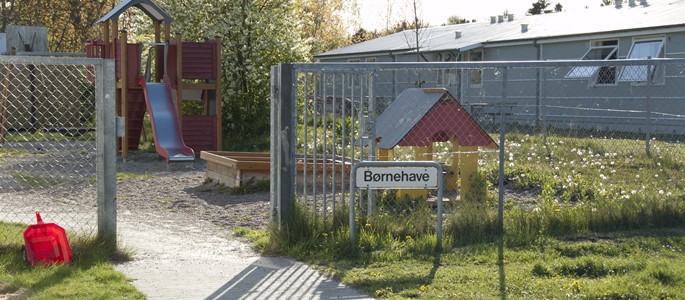Municipalities have room for more refugees
Heads of integration in several large municipalities say they can handle more, but some mayors have reservations
In March 2016 the Danish municipalities were told to receive 17,000 refugees. But the number actually ended on far below half of that, namely 7,100. It equals 76 per municipality. And in spite of some problems at first finding housing and job training, a number of municipal civil servants whom Politiken asked about UN resettlement refugees replied that integration is going well and they are now ready to receive more.
According to Laila Jerming Graf, who is head of the integration department in Randers municipality, in fact it goes "quite well" with integration. "We have many who enter into education and jobs every month. It seems like the ones we get now, have spent a shorter time in the asylum camps. So my immediate impression is that the big wave is almost eased into society now", she says.
Asked whether Randers, one of the largest municipalities in the country with its 100,000 citizens, will be able to receive more UN refugees now, she answers: "I would say so, because in 2016 we accepted 200 new refugees. And this year only 25. So we can easily handle more. There is a good flow now, also because the work market has luckily changed, so there is a bigger need for labour than just a few years ago. I don't have to get 200 as in 2016, but we can take more than we do right now."
This statement is not popular with all mayors however, so the next day some made sure to send out warnings that not everybody have found a job yet: "We need to have some peace, and therefore I'm very glad that the stop will be extended" says Kenneth Muhs, mayor in Nyborg about the government's continued cancellation of the quota of 500 UN resettlement refugees that Denmark has received since 1979.
But not all mayors agree. In Egedal municipality mayor Karsten Søndergaard (V) emphasizes that he is ready if the government revokes the stop. "If a need arises, and the politicians in Christiansborg decide that we must take more, then we are able to do it. Integration has went very well, and we have achieved an expertise in this field" says the mayor.
The number of new asylum seekers coming to Denmark has dropped to a tenth of the number in 2015, and at the same time the percentage which is granted asylum has been cut in half. This means that very few new refugees will move out to the municipalities during the remainder of 2017 and the beginning of newt year. It will probably be around 3,000 which is the lowest number to be granted asylum since 2003, including UN refugees.
At the same time many municipalities have planned the integration work better and have prepared themselves for a larger number in the future. The low integration allowance has been introduced, and the effort to help the new citizens into job training and jobs has been intensified.
For comparison, Sweden has every month received ten times as many asylum seekers as Denmark – even after the border control was introduced, which cut down the amounts drastically. The number of arrivals in Sweden is at the moment around 2,500 per month, of which around half gets asylum.
The reason for the dropping numbers of arrivals is the increased control of EUs external and internal borders, and not a sign that fewer people are in need of protection – they just find it harder to get to safety.


